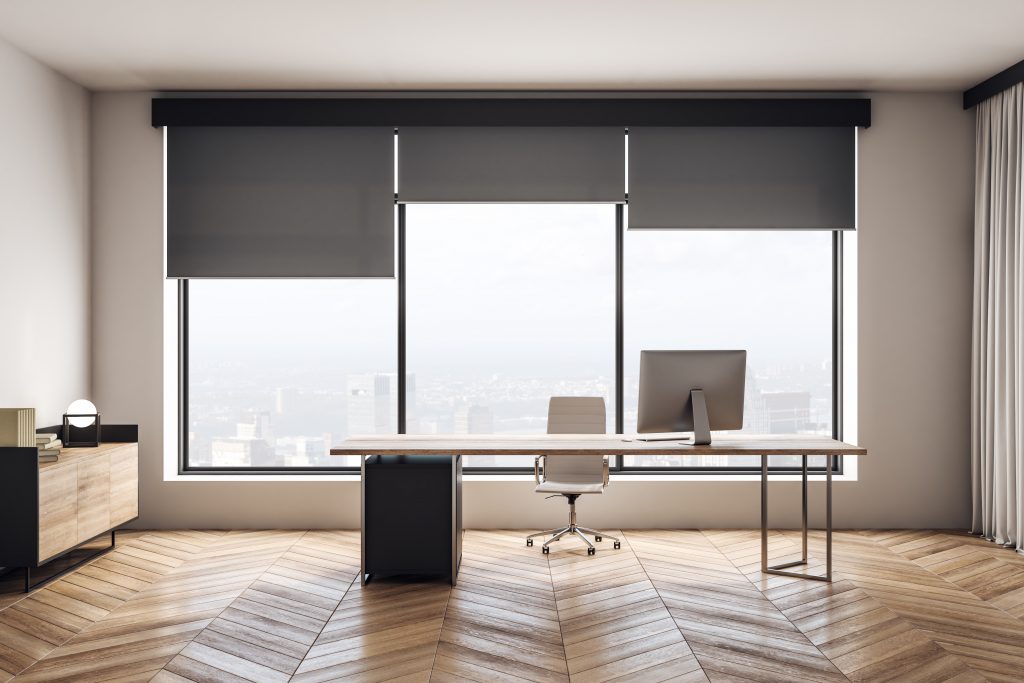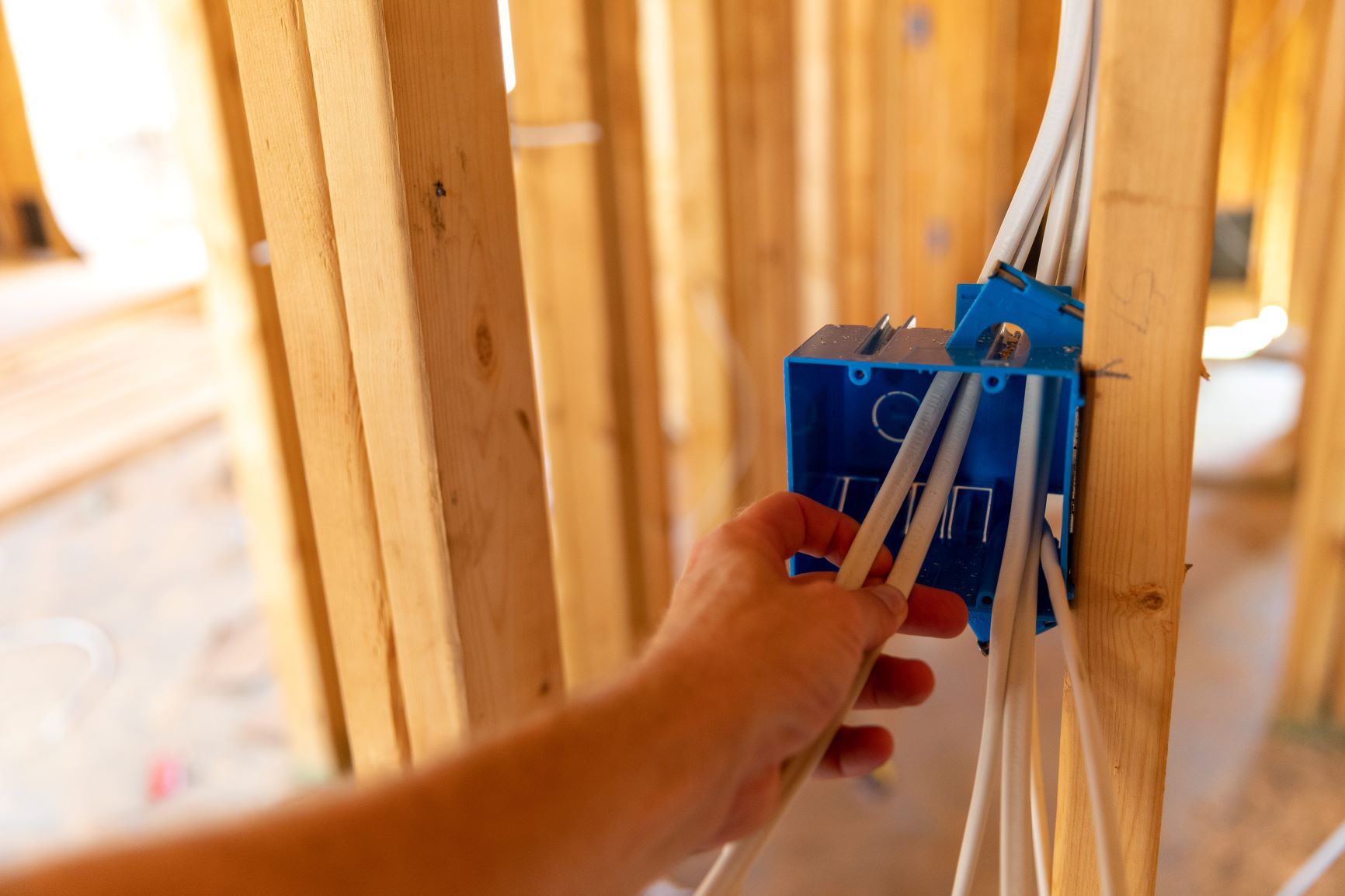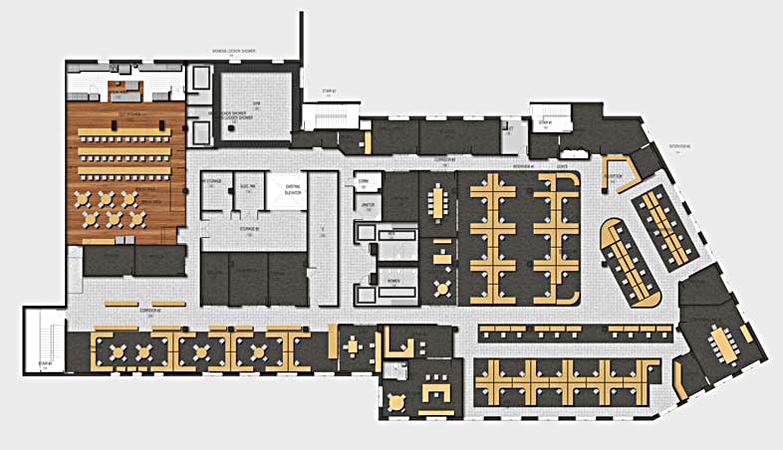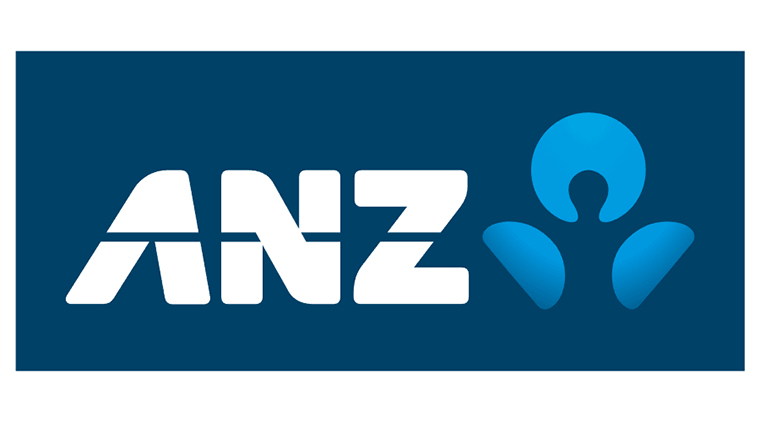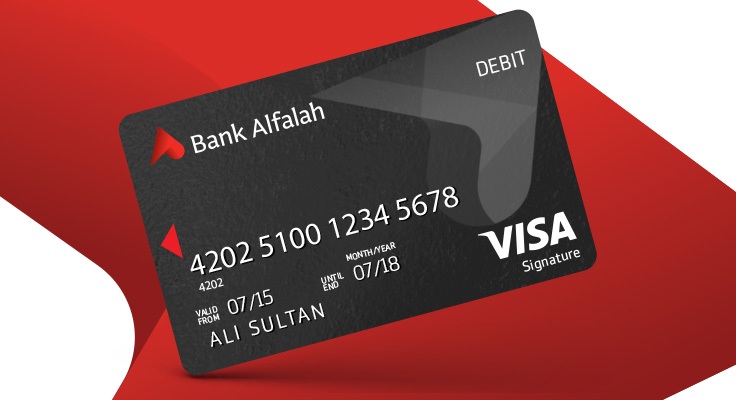Table of Content
The FHA Loan is the type of mortgage most commonly used by first-time homebuyers and there's plenty of good reasons why. You will need to ask your lender if these options are possible based on that financial institution’s standards. As an investor or property owner, you shouldn’t have to take on the day-to-day management of your properties in order to reap the rewards. Your ability to repay a commercial mortgage is going to be impacted by the performance of your business. If you're in retail, the lender might evaluate how much foot traffic you have in the area in addition to generally evaluating your income from the business. The FHA does have some special safety regulations when compared to other mortgage investors.
It’s important to note that loan limits will be higher if more units are in the property. After the seller accepts your offer, you’ll move toward the closing process. You’ll need to purchase insurance, arrange for an inspection and handle closing costs during this time.
Common FHA Questions
Front-end DTI, also called the housing expense ratio, looks at how much of your monthly income you spend on your mortgage payment alone . For example, if you make a monthly income of $5,000 and your mortgage payment in total is $1,200, your housing expense ratio is 24%. Your back-end ratio takes into account your mortgage payment plus all of your other existing debts including car payments, student loans and minimum credit card payments.
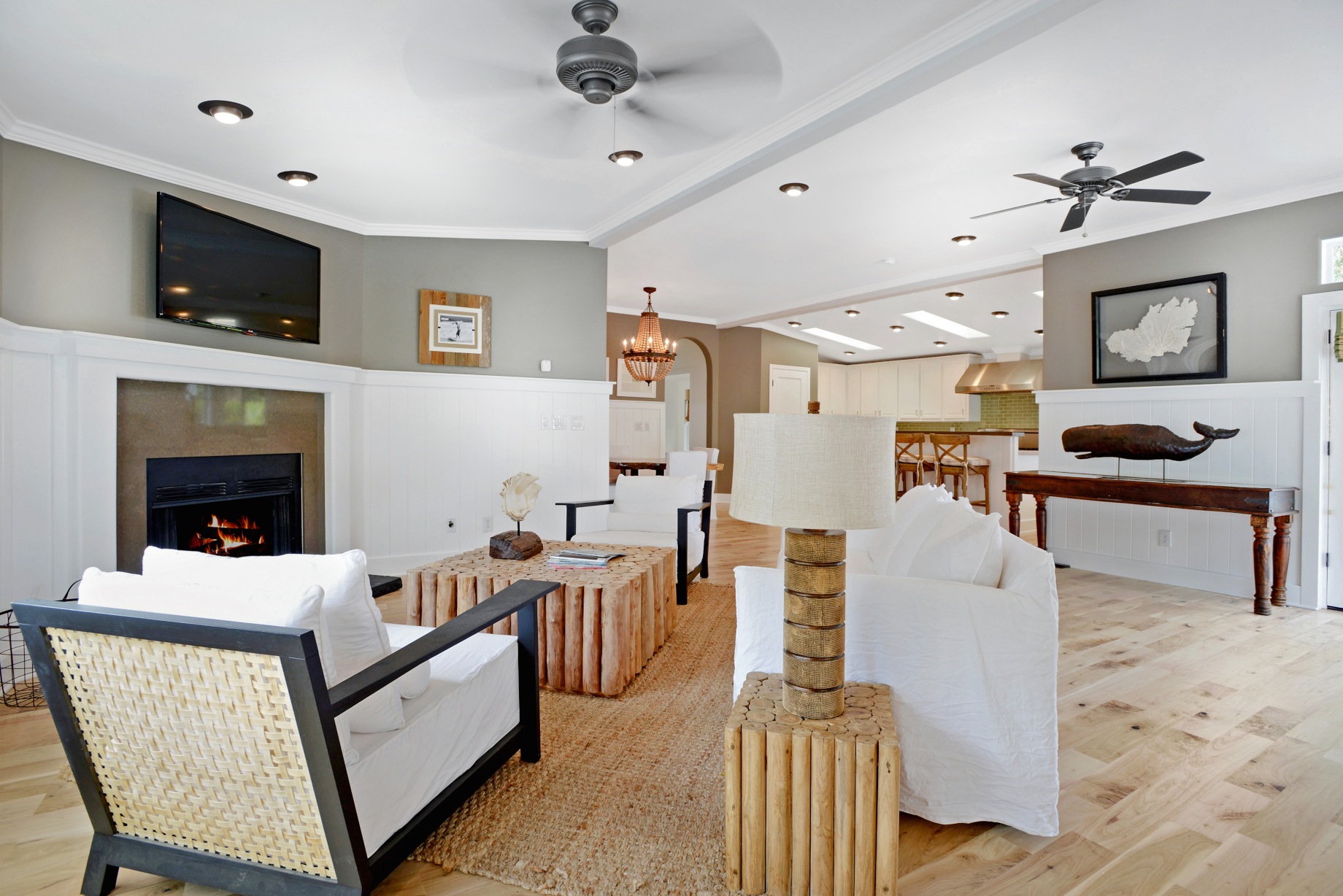
When thinking of buying a multifamily home, one way to keep DTI in check is to use the rental income that you’re anticipating receiving from tenants in order to qualify for the mortgage payment. To do this, you’ll need a firm lease agreement in place with your anticipated multifamily tenants in order to use the income to qualify. For some loans, a special type of appraisal will need to be done that includes the approximate rental value of your space, factoring in its multiple rental units. A Section 203 loan allows you to buy a 2- to 4-unit property if you intend to live in at least one of the units.
Rental Income for Properties with 2 to 4 Units
Counteroffers are common, so don’t be discouraged if you have to go through a few rounds of renegotiating. If you think that the opportunity is too good to pass up, you’ll want to do some analysis surrounding the property, as well as cap rates, vacancy rates and local property market trends. Likewise, over time, these real estate properties hold the potential to grow significantly in value, providing an added windfall if you elect to sell them.
In summary, if you are considering buying a multifamily home, there are amazing low down payment loan options. If you’re looking to buy a multifamily home in the form of a property with no more than four units, you’ll only need to apply for an FHA residential loan. Typical lending requirements for an FHA loan include a credit score of at least 580 and a debt-to-income ratio below 45% for the best chance of qualification. Lenders also typically require an appraisal of the property being purchased. Investing in a multifamily property is a great way to grow your real estate portfolio and bring in additional income. Owning multifamily properties can be a small endeavor or large undertaking, depending on the number of rental units that the property contains.
What Constitutes A Multifamily Property According To The FHA?
You can convert a property into multifamily housing, up to four units, using the 203 loan. The conversion project must adhere to local zoning ordinances and new units must be attached to the primary unit. Detached "accessory dwelling units," also known as "in-law suites" or "granny flats," do not qualify if structurally separate from the main unit. Also, an FHA appraiser determines whether a home's accessory dwelling suite qualifies as an independent unit meeting HUD standards. If you're looking to apply for an owner-occupied multifamily home loan up to 4 units through FHA, a lender will check your credit as well as evaluate your income and assets.

A good general guideline here if you wish to buy a multifamily home is to keep your overall DTI below 43%. However, the exact DTI requirements that you’ll need to meet will depend on the type of loan that you’re considering getting. Before you jump into the buying process, you’ll want to find out if you qualify for a mortgage on a multiunit property.
Your multifamily property just needs to meet FHA minimum standards and pass an FHA appraisal. A commercial mortgage is one that's tied to a business rather than being residential in nature. These are considered more risky by lenders because the first payment you're going to make would be on your actual home. Therefore, higher interest rates are often charged compared to residential mortgages. There are loans available for renovation under the FHA 203 rehab loan program.
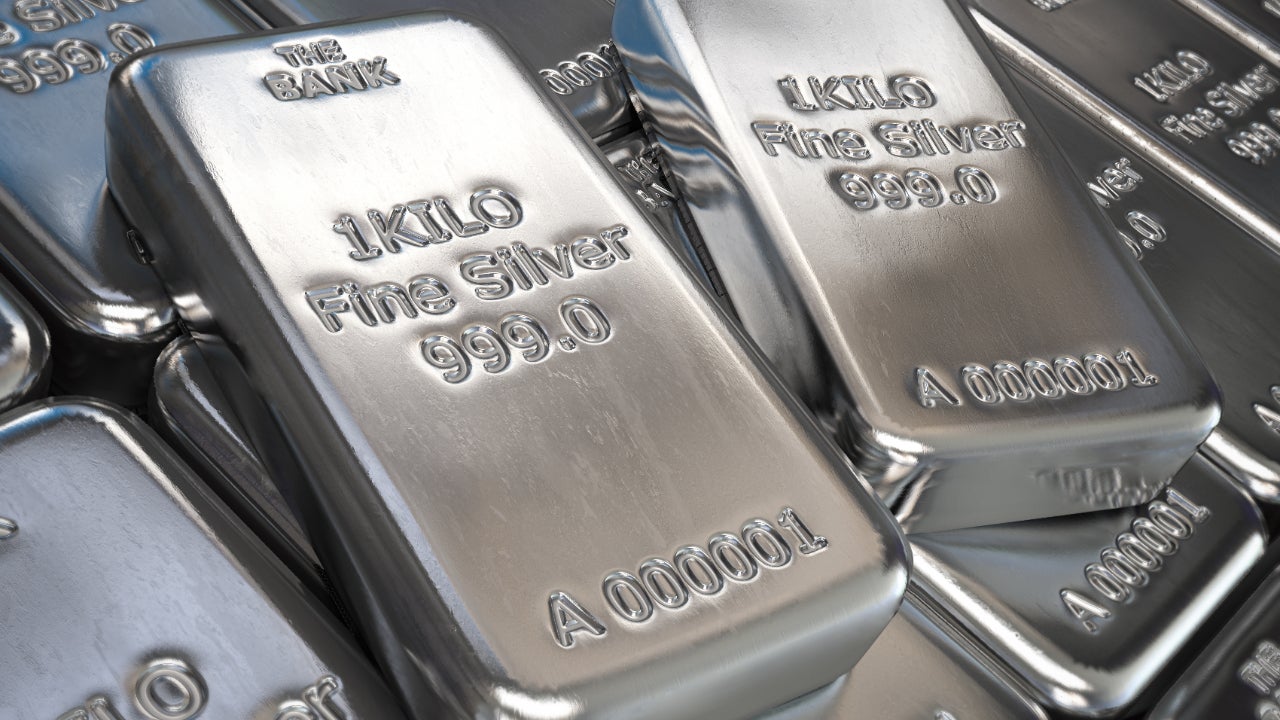
You will discover your strengths and limitations when it comes to real estate financing and management through this experience. Browse through our frequent homebuyer questions to learn the ins and outs of this government backed loan program. FHA.com provides information and connects consumers to qualified One-Time Close lenders to raise awareness about this loan product and to help consumers receive higher quality service.
Properties can be financed regardless of whether they require renovations. Once you have your numbers ready, your agent will meet with the seller’s agent and negotiate. You’ll move forward if your offer to buy the multifamily property is accepted.
In addition to valuing the property, the appraiser will place a fair market rental value on the units. E’ll go over everything you need to know if you’re looking to rent out other units while occupying the property. But let’s start by providing a little clarity on what the FHA actually means when discussing multifamily loans. Of course, the purpose of buying a multifamily home is to make rental income. In order to qualify for a mortgage, often buyers may use the existing lease or projected market rent.
Although, there is nothing wrong with occupying for the first few years and converting to a rental. Results could include increasing rental income cash flow, buying a single family for more privacy, or buying another multifamily to keep building the investment property portfolio. A very popular way to build wealth is through buying rental property. Because of this, building a portfolio of rental properties could take a while. Yet, buying a multifamily home can be a beautiful thing and a quicker path to being the landlord. For instance, did you know that it is possible to purchase a 2 – 4 unit dwelling as a primary residence?
